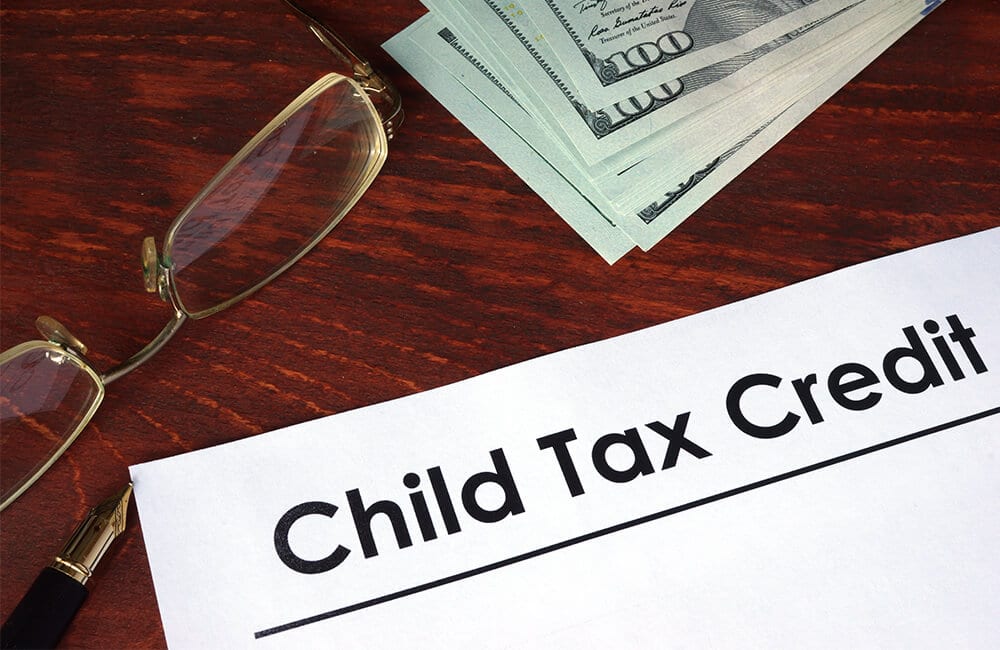
Child Tax Credit
While parents are generally allowed a child tax credit of $1,000 for each qualifying child, the credit is subject to certain limitations. Specifically, there is a modified adjusted gross income limitation and, in most cases, a tax liability limitation.
- is your son, daughter, stepchild, adopted child, foster child, brother, sister, half-brother, half-sister, stepbrother, stepsister, or a descendant of any of them,
- was under age 17 at the end of the year,
- is a U.S. citizen, national, or resident,
- lived with you for more than half the year,
- did not provide more than half of his or her own support for the year,
- did not file a joint return with his or her spouse for the year (unless it is filed only as a claim for refund); and
- is claimed as a dependent on your return for the year.
An adopted child is treated as a U.S. citizen, national, or resident if he or she lived with you all year as a member of your household. Only one taxpayer can claim a child as a qualifying child for any tax year. If more than one taxpayer qualifies to claim a child as a qualifying child for a tax year, a set of tie-breaker rules applies to determine which taxpayer can actually claim the child as a qualifying child for that tax year.


- $110,000 if you are married filing jointly,
- $75,000 if you are filing as single, head of household, or qualifying widow(er); and
- $55,000 if you are married filing separately.
The $1,000 child tax credit otherwise allowable for each qualifying child must be reduced by $50 for each $1,000, or fraction thereof, by which your MAGI (modified adjusted gross income) exceeds the threshold amount.
The child tax credit generally is treated as a nonrefundable credit. Thus, the credit can be used to offset your regular tax liability and AMT (alternative minimum tax) liability, but you generally do not get a refund for any credit in excess of those amounts. In other words, the child tax credit is limited to the amount of your tax liability for the year.
Although the child tax credit generally is a nonrefundable credit, a portion of the credit may be refundable if your income is less than a certain amount.
